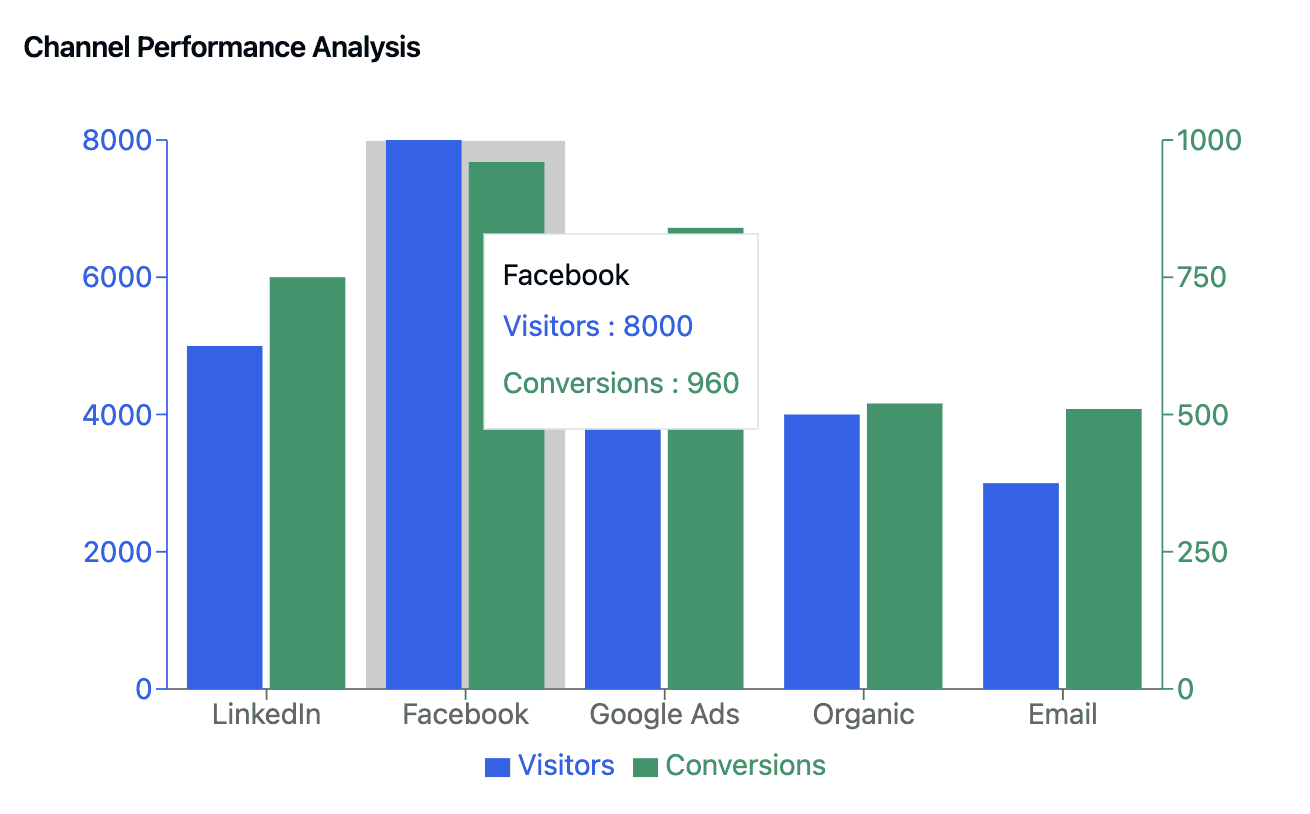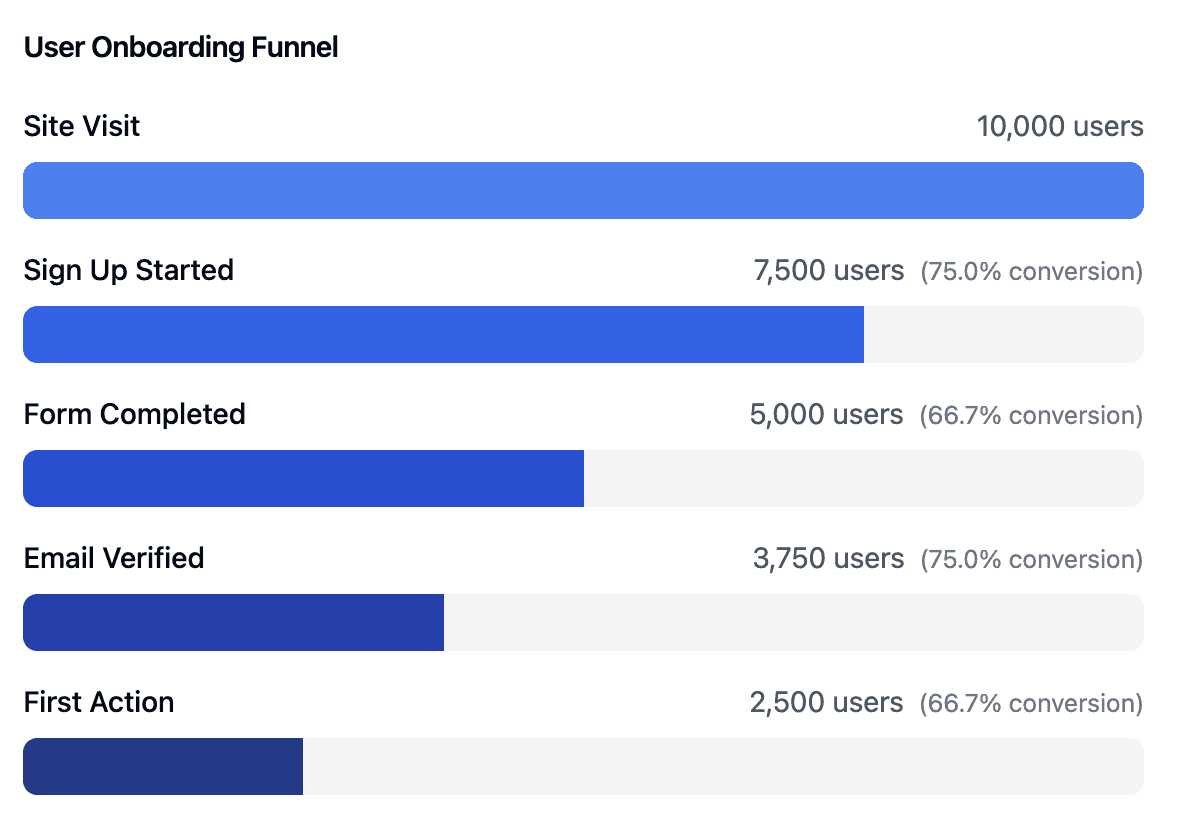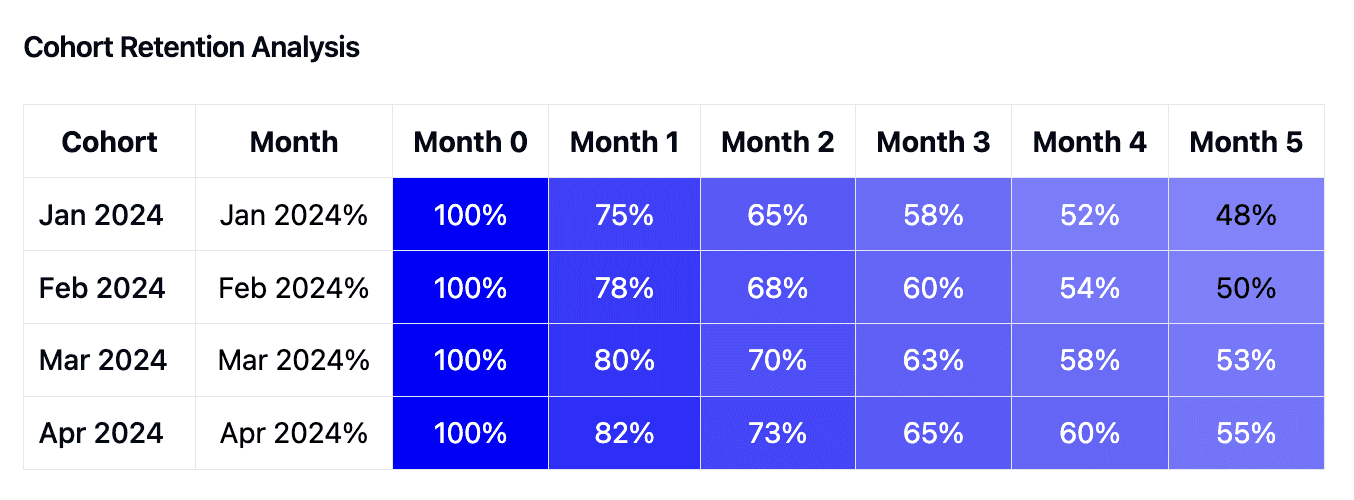
Boosting Customer Acquisition with Heap: Strategies

by
Wiktoria Slowikowska
Nov 15, 2024
Identify and convert your most valuable users
Sign Up
Customer acquisition is essential for any business looking to grow, but crafting effective strategies can often feel like navigating a maze. Heap, a robust digital analytics platform, simplifies this challenge by offering powerful insights into user behavior and comprehensive data analysis tools. This article will explore how to leverage Heap to create, refine, and implement customer acquisition strategies that drive tangible results.
Understanding Heap’s Core Capabilities
Heap stands out for its automatic data collection, capturing user interactions without the need for manual tracking. This helps businesses maintain a comprehensive data set with minimal effort. Key features of Heap that contribute to successful customer acquisition include:
Automatic Event Tracking: Records every click, page view, form submission, and more, without extra setup. This feature empowers teams by removing the barriers of manual tracking, ensuring that no vital data is missed.
User Behavior Insights: Provides detailed analytics to understand user interactions, preferences, and pain points. The depth of this insight helps businesses fine-tune their strategies and improve user experiences.
Cohort Analysis: Groups users based on shared behaviors or characteristics to facilitate targeted engagement. By segmenting users into cohorts, teams can assess patterns and predict user behavior.
Path Analysis: Visualizes user journeys, revealing popular paths and potential drop-off points. This feature helps to uncover opportunities for refining the user experience and enhancing site navigation.
These capabilities enable marketing and growth teams to make informed, data-driven decisions to enhance customer acquisition efforts and achieve sustainable growth.
Identify High-Value Channels

A vital part of any customer acquisition strategy is identifying which channels deliver the most valuable users. Heap allows you to assess traffic sources and understand which are most effective at driving not only traffic but conversions and long-term engagement.
Source Tracking: Break down traffic by channels such as:
Social media (e.g., LinkedIn, Facebook)
Paid advertisements
Organic search
Email marketing campaigns
Channel Performance Analysis:
Identify which channels bring in users who spend more time on-site or convert at higher rates.
Compare metrics across different channels to understand their contribution to the customer journey.
Allocate marketing budgets more effectively by focusing on high-performing channels.
Example Insight: A SaaS company might learn through Heap that users arriving from LinkedIn have higher trial-to-subscription conversion rates compared to those from Facebook. This insight helps them refocus marketing efforts for better ROI, optimizing spend to capitalize on the channels that produce the most committed users.
Enhance Your Onboarding Process

Optimizing the onboarding process is crucial for turning new users into loyal customers. Heap’s funnel analysis tools help businesses map out the user journey and identify drop-off points. A smooth onboarding process increases the likelihood of users staying engaged with your product.
Funnel Visualization:
See how users move through the onboarding process step-by-step.
Identify friction points that cause drop-offs and refine the process.
A/B Testing Integration:
Test different onboarding flows and track how changes affect progression and retention.
Use insights to create smoother, more user-friendly experiences that cater to user preferences.
Example Strategy: If data shows users abandoning a form mid-way, simplify the form or split it into smaller steps. Heap’s A/B testing helps monitor how these changes impact user engagement and completion rates. This ensures that onboarding remains a strong driver of conversion by addressing any potential barriers to user progress.
Refine Target Audiences with Cohort Analysis

Heap’s cohort analysis groups users based on shared attributes or behaviors, providing a deeper understanding of how different user segments interact with your product. This feature can illuminate which cohorts are most valuable, how they engage, and what factors contribute to their retention.
Behavior-Based Segmentation:
Create cohorts for users who engage with specific features or make purchases within a defined timeframe.
Analyze how these cohorts behave over time to gauge their lifecycle value.
Targeted Campaigns:
Personalize marketing efforts to cohorts that show similar behavior patterns. For example, users who frequently interact with a particular product category may benefit from targeted promotions or new feature announcements.
Develop re-engagement strategies for cohorts with declining activity to rekindle their interest.
Example Use Case: An e-commerce business can create a cohort of users who abandoned their carts but frequently browse high-value products. They can then design targeted email campaigns offering personalized incentives to encourage purchases, increasing their overall conversion rate.
Optimize User Engagement Through Path Analysis
Heap’s path analysis tool is essential for understanding the paths users take on your website or app. This analysis uncovers successful user journeys and potential pain points, revealing insights that can be used to optimize navigation and guide users more effectively toward conversion goals.
Identify Popular and Problematic Paths:
See which routes lead to high conversions and where users may become frustrated or drop off.
Streamline Navigation:
Highlight content or calls-to-action that guide users effectively toward conversion goals.
Adjust your site layout to ensure a smoother journey and better access to high-impact pages or features.
Feedback Loops:
Regularly review user paths and adapt website design and content to enhance user experience.
Example Insight: A SaaS platform might find that users who read a specific type of content—such as case studies or detailed product guides—are more likely to sign up for a demo. By placing this content more prominently on the homepage or targeted landing pages, the company can increase demo requests and subsequent conversion rates.
Practical Tips for Implementation
To maximize the benefits of Heap, it’s important to implement it effectively and align its features with your business goals:
Define Key Business Metrics:
Prioritize the metrics that align with your customer acquisition goals, such as sign-ups, trial activations, or completed purchases.
Ensure that these KPIs are visible and tracked in Heap’s dashboard for easy access and analysis.
Integrate with Other Tools:
Connect Heap with your CRM or marketing automation platforms for a seamless data flow, ensuring that insights translate into actionable marketing and sales efforts.
Automate Reports and Alerts:
Set up automated reports to keep an eye on user behavior trends and KPIs.
Use custom alerts for significant changes in user engagement or conversion rates, allowing your team to react quickly to both challenges and opportunities.
Final Thoughts
Heap’s comprehensive data analytics capabilities equip businesses with the insights needed to create targeted, effective customer acquisition strategies. By identifying high-value channels, optimizing onboarding, refining target audiences, and enhancing user engagement, businesses can stay ahead in an increasingly competitive landscape. Leveraging Heap allows for a data-driven approach that transforms insights into actionable strategies, ensuring sustainable growth and higher returns on investment.





